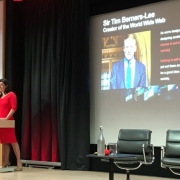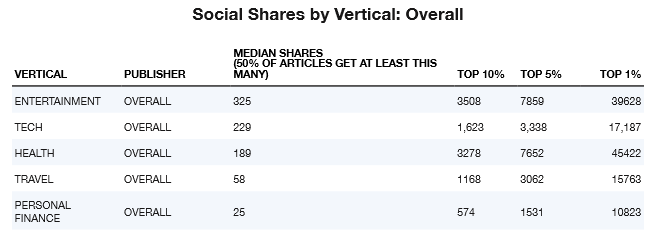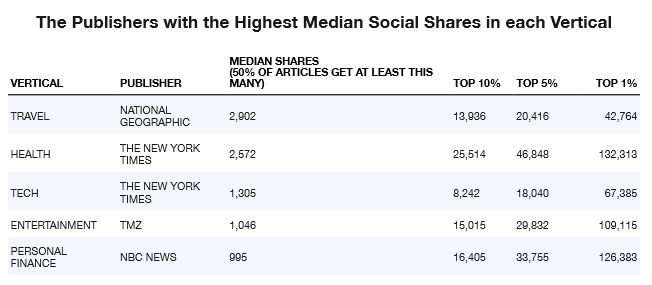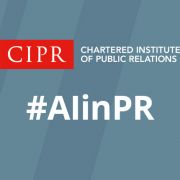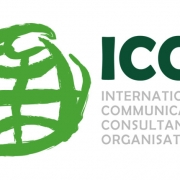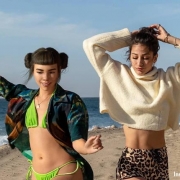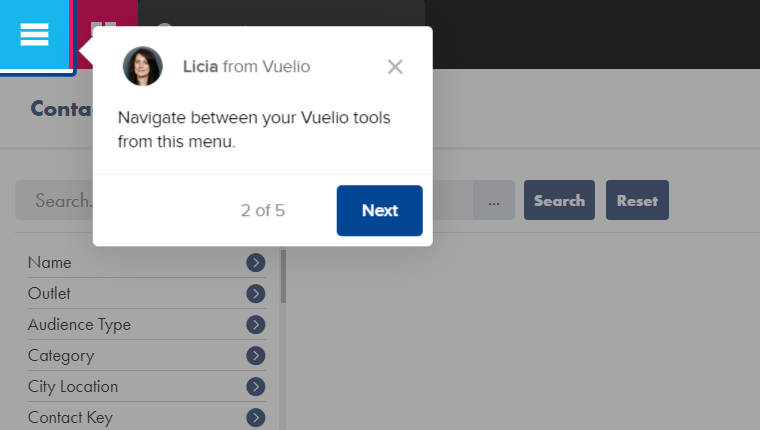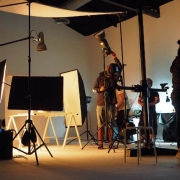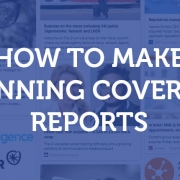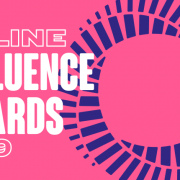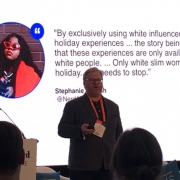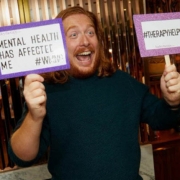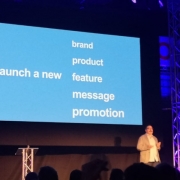Pet Blogger Spotlight: Mark Sanders, Adventures of Monty Dogge
Joining the ranks of famous and talented dogs like Lassie, Hooch and K9, Monty Dogge trades in quality blogging and children’s books – but he couldn’t do it without his human (and owner of opposable thumbs/a faster typing rate) Mark Sanders.
We talk to Mark about his work with Monty on the Adventures of Monty Dogge and why he thinks the pet blogging community is so supportive.
How did you get started with blogging about pets?
It was a total accident, to be honest. When Monty was a puppy he was so naughty I started a Facebook page ‘Life according to Monty Dogge’ and began writing silly stories about his exploits through his eyes. It took off and I soon had followers all over the world and we got invited to blog from Crufts. The Facebook followers suggested I should write a book and up to now Monty and the gang have featured in five children’s books.
What’s your favourite thing to post about – reviews, things to do, etc.?
I really prefer to post about things that are really helpful to other pet owners. Cookie ruptured her cruciate ligament last December and I did a blog about the whole process from diagnosis to the operation and subsequent recovery. I featured products that helped such as a harness and snuffle mat to ease the boredom. I also wrote about the insurance company and how they were to deal with. It was something positive that came out of a horrible experience and will hopefully help others.
What are the best things about the pet blogging community that other blogging sectors might not have?
I’m not sure about other blogging sectors but the pet blogging community is really supportive. I think it comes from people blogging about living breathing family members rather than a hobby or pastime.
What are your thoughts on pets/animals becoming celebrities through blogging and featuring on social media?
I actually hate pets and animals becoming celebrities just by being dressed up and pictures posted daily. I think it’s the horrible side of social media where a dog can be followed by 30,000 people just by wearing silly clothes. If there is content, then why not? Pets and animals have been celebrities for years, just think of Lassie as an example.
Is there something you would never feature/write about on your blog?
There are actually many things. I have to think it is ethical and actually something our readers would find interesting or useful. It has taken a long time to build the following we have and I won’t just throw product after product at them.
Do you think it’s necessary to have pets of your own to blog about pets/animals?
Not sure it’s necessary but I’m sure it helps. I think somebody who has experience of pets/animals could still write an excellent blog.
Very important question here – which are really better, cats or dogs?
If I were a politician I’d say that each pet has their own strengths and weaknesses and each bring something special to the owner pet relationship… but I’m not, so it’s dogs.
How do you work with PRs and brands – are review products and new launches useful?
Again, going back to a previous answer it’s all down to the product for me and I prefer to build a long-term relationship. I very rarely do food reviews as it means changing the dog’s diet and I’m not really prepared to do that unless it’s a superior product. Monty is perfect for brand ambassador roles and that’s something I’m always keen on.
For PRs looking to work with you and your blog, how would you prefer they approach you?
I really dislike fishing emails that don’t actually contain any sort of proposal and those usually just get overlooked, to be honest. I’d much prefer an email that lays out their vision/ideas for the relationship.
What other blogs do you read (whether pet-related or not)?
I am a big follower of the Paw Post who has become a good social media friend. I tend to read book review blogs such as Whispering Stories, Mrs Cooke’s Books and anything with conservation content that takes my fancy.




